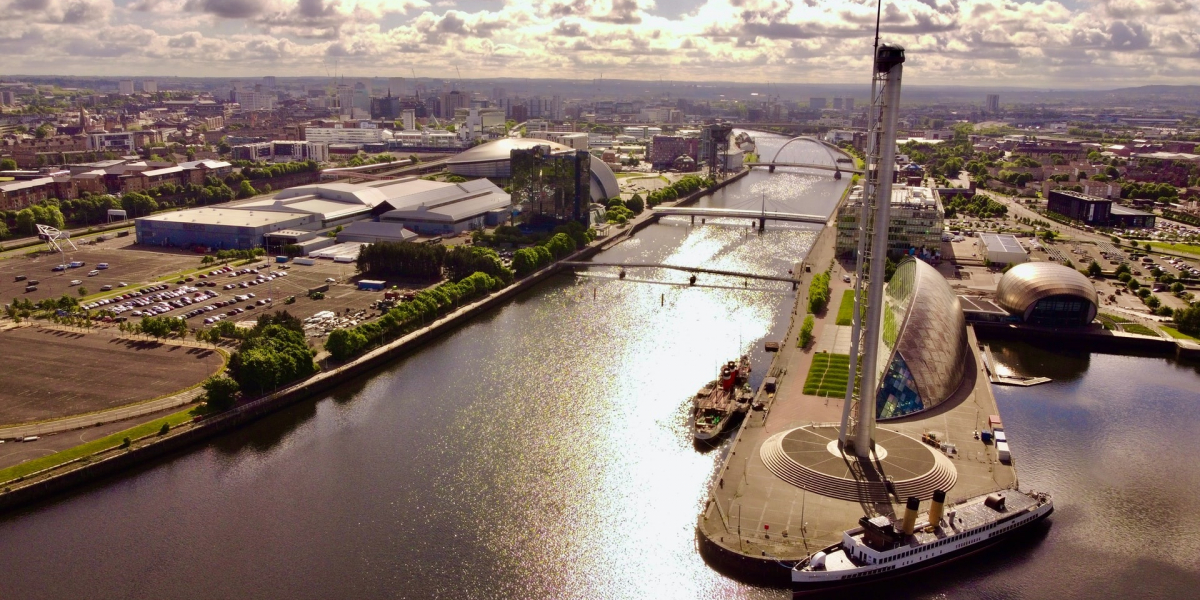
As anthropologists wanting to make sense of the complexity of the informal city, we have discovered that ‘following’ urban objects tells us a lot about those parts of the city, and its residents.

A version of this blog appeared on the Expert Opinion page of the University of Oxford website on 11 November.
The greatest threat to humanity’s ability to survive on the planet is the climate crisis. The most significant change in the way humanity dwells on the planet is the move to the city. Without understanding the latter we will never successfully address the former.
We already know that global growth of cities, particularly in the global south, will entrench and embed people in urban concentrations of informality. If the population of the globe is going to grow by the predicted 2.5 billion people by 2050 then significant proportions will live in situations of urban residential precarity or squatting; city spaces where labour markets are informal (and invisible to the state) and places where people are vulnerable to environmental hazards, pollution and legal insecurity.
Climate change does not determine these urban outcomes. This is a two-way street, an interplay between the cities of the future and the way the climate crisis plays out. Where the 2.5 billion work and live will determine the metabolism of cities, the carbon footprint of an urban globe.
Negotiations at the COP are brokered between nation states. And while cities are present in Glasgow they have varied levels of responsibility and devolved powers, variable propensity to make a difference to their own carbon footprint. So never has it been more important to increase exponentially our understanding of the DNA of how people will dwell in future cities in order to shape multi-scalar policy responses to the climate crisis, particularly in cities structured by medium and long term informalities.
The significance of the scale of movement today defines an ethical tension and possible trade-offs between the needs of communities already suffering poverty and an obligation to those yet to be born and others yet to arrive in the city. A commonly used term of ‘climate refugees’ was coined in the 1990s, associated with the environmentalist Norman Myers. The UN in 2008 even predicted that there would be between between 50 million and 200 million ‘environmental migrants’ by 2010. The phenomenon was often viewed through Eurocentric eyes, wary of the movement of people moving away from one part of the world internationally, implicitly from global south to global north. But the ‘no show’ of the climate migration waves devalued the term, notwithstanding the ‘migration crisis’ of 2015/16 and contemporary events on the Polish border with Belarus.
Yet the scale of migration to the city reboots this narrative. In recent decades the geographical scale of movement globally, in the global south from the global south is in reality continental. The distinction between internal and international migration begins to melt away in countries such as China and India when considering the movement of people from Bihar to Mumbai or Szechuan to the eastern seaboard, the Pearl River Delta and the Yangste River city region of Shanghai in the growth of China’s new urban billion.
How we make sense of this interface between climate change and mobilities of people demands a more subtle understanding the of climate crisis when we understand that the metabolic consequences of urban growth in the south impacts on the north and the south alike.
What this means is that we need to understand the DNA of those cities, how extemporised strategies in the informal sector and the capacity of city government might complement rather than contradict one another. And in particular how the scale of informality provides challenge and opportunities alike. We need to understand how that DNA will have a particular impact on climate outcomes. We cannot see the urban globe through a lens that privileges cities that look like Dulwich, more a lens that privileges Dar Es Salaam.
This requires a different kind of thinking about the dynamics of cities. It is a kind of thinking that does not assume we land the technologies and the science of the global north in the global south and generate identical social and economic outcomes. We have to understand that the scale of migrants moving to the cities demands that we see instead through the eyes of those who have not yet arrived and have not yet been born.